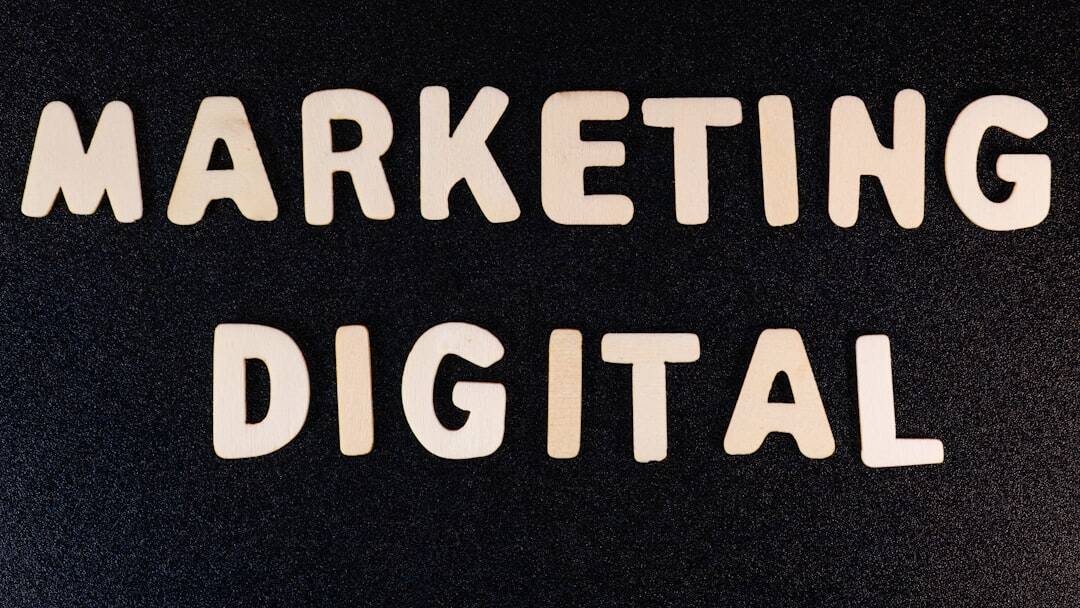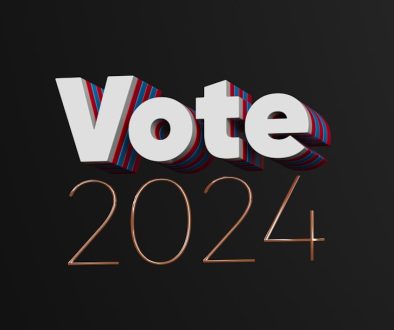How AI Tools for Image to Video Are Revolutionizing Content Creation for American Marketers in 2025
In an era where digital storytelling is king, content creators in the United States are seizing powerful, AI-driven tools to produce engaging, dynamic experiences. Among these, image-to-video AI technology is emerging as a game-changer in 2025, enabling marketers to convert static visuals into compelling video narratives with unprecedented ease and speed.
As consumer attention spans continue to shrink, static content no longer holds the sway it once did. Videos, on the other hand, are proving to be the most effective medium for communication and brand engagement. Leveraging sophisticated machine learning algorithms, AI-generated videos from images offer American marketers an innovative method to scale their visual content strategies while maintaining quality and brand integrity.
The Rise of Image-to-Video Technology
At the core of this transformation is the evolution of generative AI, specifically models fine-tuned to interpret and animate visuals. These systems do more than merely string images together—they intelligently analyze themes, detect objects and contexts, and generate smooth transitions, voiceovers, and even music, creating fully fledged video content in minutes.
Powered by advances in neural rendering, natural language processing, and scene understanding, image-to-video tools are becoming intuitive, requiring minimal human intervention. Many platforms now let users upload a series of images and select predefined styles or prompt AI with descriptions to generate a video that aligns with their desired tone and messaging.

How American Marketers Are Using Image-to-Video AI
The rapid adoption of image-to-video tools in the American marketing landscape is driven by the need for speed and creativity. Key sectors—ranging from e-commerce and real estate to travel and education—are integrating this technology into their workflows to produce diverse content tailored for digital channels.
E-commerce brands are transforming static product photography into engaging promotional videos with dynamic transitions, 3D-like animations, and AI-generated voiceover narrations. This enables richer storytelling and enhances conversions, especially on platforms like Instagram, TikTok, and YouTube Shorts.
Real estate marketers now convert image galleries of properties into immersive virtual tours, introducing scenes with AI-generated voice descriptions and background music. This approach increases user engagement and allows buyers to experience listings virtually, saving time and resources.
Tourism boards and travel agencies are turning past travel photos into cinematic destination trailers that can be personalized for different demographics, languages, and formats—key for launching campaigns across various audience segments.
Benefits Marketers Are Realizing
As image-to-video AI matures, its advantages for marketers become clearer:
- Speed and Efficiency: Produce professional-grade videos in hours instead of days or weeks.
- Cost Reduction: Reduce the reliance on external video production teams or expensive software.
- Scalability: Generate hundreds of personalized video ads for multiple products or regions without manual repetition.
- Creative Freedom: Experiment with different visual styles, tones, and audio without needing a large creative team.
- Enhanced SEO and Engagement: Videos rank better in search algorithms and receive higher engagement rates on social media.
These benefits provide a level playing field, allowing smaller brands and independent creators to compete with larger enterprises in terms of content volume and quality.
Challenges and Ethical Considerations
Despite its advantages, the technology also raises important considerations. There are concerns about video authenticity, especially if used irresponsibly to fabricate events or impersonate individuals. Brands must uphold transparency by disclosing AI involvement and avoid crossing ethical lines in their messaging.
Moreover, while automation brings efficiency, maintaining brand voice and emotional resonance still requires human oversight. AI tools should complement—not replace—creative professionals and brand strategists.

The Future of Content Creation
Looking ahead, the convergence of multimodal AI capabilities means that we will soon see even greater integration between image, text, and video formats. Already in 2025, tools are emerging that allow marketers to build entire campaigns—visuals, copy, and video—from a single image and description.
American marketers who adapt to and ethically deploy these innovations are poised to lead the next wave of digital storytelling. The ability to transform a single photograph into a narrative-driven video represents not just a technical leap, but a rebirth of creativity in content marketing.
By embracing these powerful tools, forward-thinking brands can inspire, educate, and engage their audiences more effectively—ushering in a new era of visual communication that is faster, smarter, and more impactful than ever before.
- Top 5 One-Click Poll Tools Community Mods Use to Triage Ideas and Prioritize Rule Changes in Busy Subreddits - December 20, 2025
- Top 4 Mobile-First Animation Tools That Creators Use to Add Motion Graphics to Snapchat Story Panels Quickly - December 20, 2025
- Top 4 Mobile-First Animation Tools That Creators Use to Add Motion Graphics to Snapchat Story Panels Quickly - December 20, 2025
Where Should We Send
Your WordPress Deals & Discounts?
Subscribe to Our Newsletter and Get Your First Deal Delivered Instant to Your Email Inbox.



